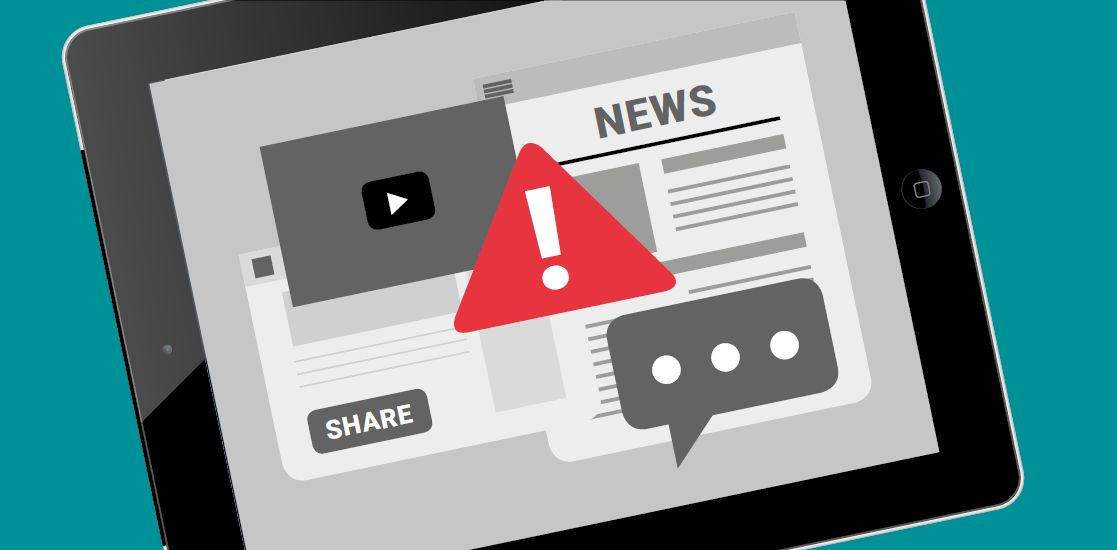How new technology is making the truth harder to see.


How new technology is making the truth harder to see. by Marcus Wong

How many of you head straight for Google every time you’re looking for information?
An entire generation has grown up with the internet and so even major news outlets have had to move to social media to maintain relevancy. “Word of mouth” has now become “word of text,” and the ability to share this information with the click of a mouse has made it incredibly simple for misinformation to be spread.
Social media websites like Facebook actively push the most viewed topics from your circle to the top of your feeds as “news,” and many take these to be “truth.”
In 2016, the top 20 fake news stories on Facebook received more engagements collectively than the top 20 factually accurate news outlet stories. Whether as satire or otherwise, people delight in making and reading fake news.
And new technology being developed is only going to make it easier to publish falsehoods. Last year, Adobe unveiled a technology called VoCo that basically allows you to make anyone say anything, simply by editing a line of text. All it needs is twenty seconds of speech for the app to pick out the necessary phonemes to “pronounce” any word in a speaker’s voice.
Add to that the new technology being developed by a group of Stanford scientists called Face2Face that manipulates video in real-time, and you have a recipe for creating frightfully realistic video clips of anyone saying anything. Like VoCo, Face2Face requires just a 20 second clip of video to properly create a photo-realistic model of anyone. Properly study the nuances of a political figure like Donald Trump enough, and you could (in theory) quite easily create video clips that start riots or worse, wars.
“Seeing is believing” won’t apply in tomorrow’s world. And while both Facebook and Google have pledged to punish fake websites, the truth is that these postings drive traffic that both companies thrive on – so it remains to be seen how much will be done.
The next time you feel compelled to share a particular piece of information, ask yourself one question: How much can I trust the source? Because fake news is going to appear even more real than ever in the near future.
ILLUSTRATION KEN KOH























